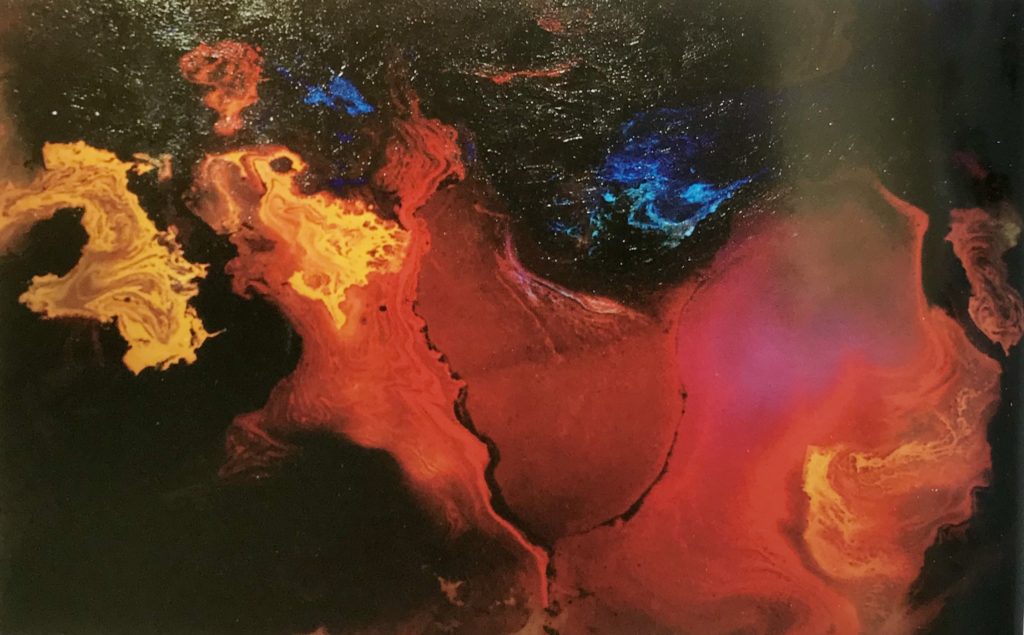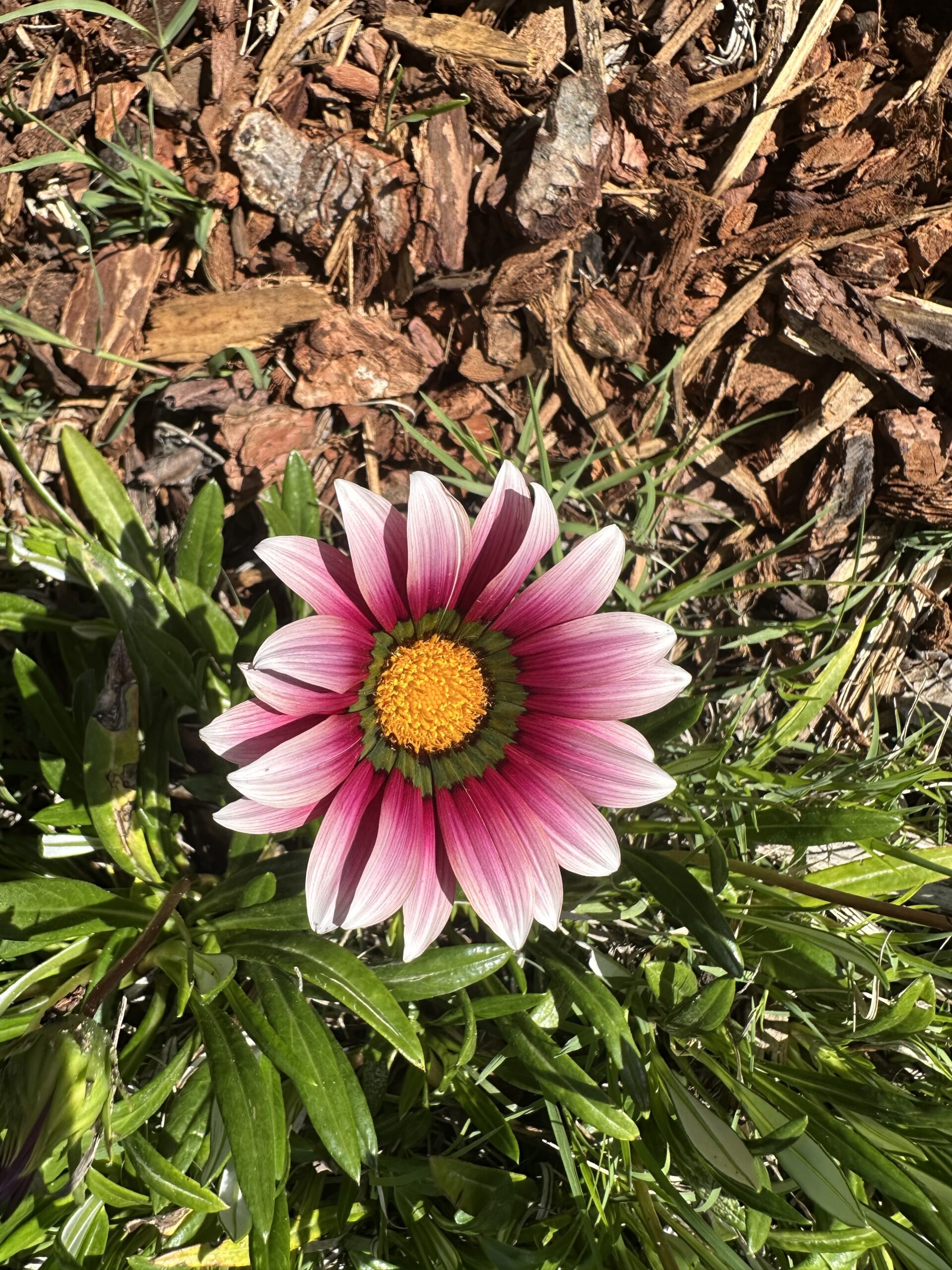
At yesterday’s dharma class, we discussed the Five Vidyas in preparation for our debate on the two erroneous views that we will hold next week. I shared my realization that you need to understand what the Five Vidyas are to understand the true Buddha-Dharma that our Buddha Master has brought us. I took my research into the only other Buddhist source of information I could find about the Five Vidyas (or sciences or categories of learning as the others described them) to show how the Dalai Lama and probably most Tibetans understand them as compared with the vastly broader and more marvelous description provided us by our Buddha Master. H.H. Dorje Chang Buddha III told us about this and the fact that the original meaning of the Five Vidyas has been lost and what is now held is a greatly diminished version–only a semblance of their true meaning. I believe the modern definitions are probably not incorrect, but very, very incomplete. The Buddha Master has told us the contemporary use of the Five Vidyas is an insult to the Buddhas and we should expose those who incorrectly offer those descriptions. The Buddha Master explained that the Five Vidyas are much more subtle and complex than modern Buddhism would have you believe.
After giving many examples of each of the Five Vidyas that I had heard from different discourses by the Buddha Master, I summarized what I said to introduce the Buddha Master’s work that was presented to the public at an exhibition in Los Angeles area in 2006. This exhibition was enlarged and moved to San Francisco for two much larger and comprehensive exhibitions that were available for free to the public for most of 2006. They are documented in the big blue treasure book H.H. Dorje Chang Buddha III.
When I first introduced H.H. Dorje Chang Buddha III’s achievements at this Southern California exhibition, I started by saying that everything that was seen—all 200 examples of 18 different categories of work—were from the Buddha-dharma. H.H. Dorje Chang Buddha III is an extremely accomplished artist, poet, writer, inventor, etc, because He has complete realization of the Buddha-dharma. His manifestation of prajna wisdom or the various vidyas as seen in his art and innovations exceeds that of any other dharma king in history. And these exhibits were only a very small sampling of the creative genius of this great being! They did not include His Holiness’s work as a healer, nor accomplishments in the martial arts, nor his musical achievements, nor his holy writings and discourses, etc.—all of which are considerable. Although I used those words to introduce my Buddha Master, I did not yet know He was a Buddha, nor did I really understand the truth of what I had said or anything about the Five Vidyas. It was much later that I understood how appropriate my words were and why we paid so much attention to the Buddha Master’s accomplishments.
It is important to realize that this mastery and very high level of accomplishment is available to all who learn and practice the correct Buddha-dharma.
Join us next week for a further discussion of the Five Vidyas and the two erroneous views that are often held concerning them.
CLICK to register for the Free On-Line Dharma Class on August 9, 2020, Concerning Two Erroneous Views Concerning the Five Vidyas.
CLICK for more information on that class.





Add comment